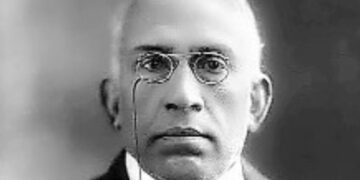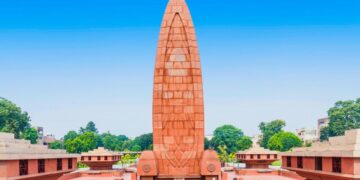Following the big verdict by the Varanasi district court on July 23, the Gyanvapi case took a fresh turn on Monday as the Archaeological Survey of Bharat released its brief report. The ASI recovered several inscriptions at the site in Sanskrit and Dravidian languages, most likely from the 12th to 17th centuries, which describe the fusion of North-South culture. In the ASI’s investigation, a total of 34 inscriptions were recovered from the site, with one notably dating back to January 1, 1613 CE. The inscriptions were written in Telugu, Tamil, Kannada, and Sanskrit, giving even stronger evidences of the ancient Hindu temple’s existence there.
According to ASI’s latest report, one inscription in Telugu mentions the names of two individuals, Mallana-Bhatlu and Naraya-Bhatlu, mentioned the ASI director. Another inscription in Tamil provided a reference to a charity established by Narayanan Raman probably from the 16th or 17th century. A Sanskrit inscription particularly speaks of Rudra (another name for Shiva) and includes a mention of the month Sravana, indicating that it is from the 17th century. Last but not least, a Kannada inscription records the reverence of two individuals from the 16th century named Dodarasayya and Narasimha.
This week, the Varanasi court asked the ASI to make the report public and provide hard copies to both the Hindu and Muslim sides. Meanwhile, the Hindu side’s representative advocate Vishnu Shankar Jain said that according to the significant disclosures made by the ASI, a large Hindu temple existed before the construction of the Gyanvapi mosque.
While the centre of this conflict is a structure found on the premises next to the Kashi Vishwanat temple in the ‘Wazukhana’ area, it is the Hindu side which strongly believes that the structure is that of a ‘Shivling’, however, the Muslim side claims it as a fountain.
Meanwhile, Advocate Vishnu Shankar Jain, drawing attention to the matter, filed an application in the Supreme Court regarding a study in the Wazukhana area. He stated that it would only be after this study that it would become clearer whether it is a fountain or a ‘shivling,’ representing the deep faith of crores of Hindus.
The ASI findings revealed recently, not only reflect the pre-existence of Hindu temple but also specifies that several parts of earlier structures were -demolished by the invaders and reconstructed as per their will.
















Comments